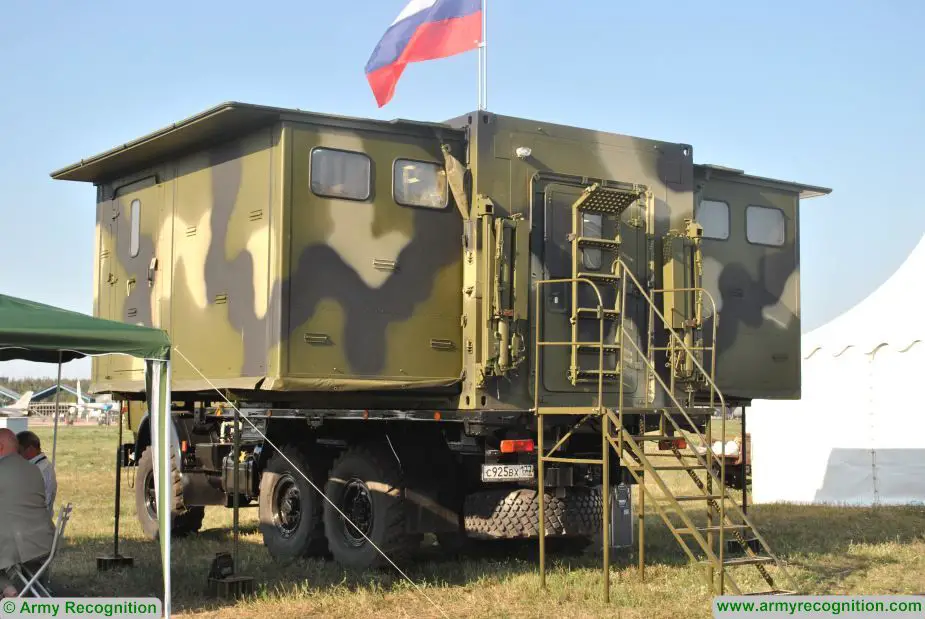Special software to protect communication channels of Acacia, Andromeda, and ESU-T3 automatic command systems was tested at Center-2019 exercise. All the systems are important elements of troops control and exchange data in real time. If blocked, they will strip the armed forces of information. The software fights viruses and detects the origin of hacking, the Izvestia daily writes.

Acacia-M
The hardware comprises a server with software, protected notebooks, coding devices and communication means. Satellite and radio channels are mostly used to transmit data. Antivirus software has been designed to monitor malware penetration. It identifies the place of intrusion origin and detects alien files. The electronics warn the operator and propose several reset options and solutions, sources in the Defense Ministry said.
Although modern command systems are not usually plugged into Internet, they can be anyway hacked. Practically each data transmission network can be hacked, expert Dmitry Boltenkov said.
"The signal can be intercepted and should be protected. Most vulnerable are Wi-Fi signals which the military also use. It is suffice to hack the password to get unsanctioned access. However, it is necessary to come close to the transmitter some 50 meters to intercept the signal. Radio signals can be hacked by electronic means carried by reconnaissance aircraft," he said. Viruses can infect the network and destroy databases, bug conversations, damage the command system and even issue orders. Therefore, the channels are thoroughly protected by coded traffic and antiviruses. So far, no hacks of the command system of a leading army have been reported. They do not disclose the confidential information, the expert said.
The adversary will not miss the chance to plug into the troops command system, expert Denis Kuskov said. "The security of the command system and communication means is a major task of modern armies," he said. The automatic command systems control the troops in combat, peacekeeping, special, humanitarian operations and in peacetime. They ensure uninterrupted data exchange between command posts, headquarters and troops. The systems integrate reconnaissance means, including drones and satellites. It helps collect maximum information about the adversary in real time.
The systems sum up the data on losses, hardware readiness, available munitions, fuel and lubricants, as well as morale. The information is transmitted to headquarters by officers, unit commanders on the battlefield or in the rear. The automatic command system creates 3D maps of troops and firepower deployment. It shows all movements in real time so that commanders could control the situation and promptly react to threats.
At Center-2019 exercise, the troops were controlled by Acacia-M, Andromeda and ESU-T3 systems. Acacia-M ensures control of an army and monitors other arms of forces in its own and neighboring sectors, e.g. aircraft, warships and airborne units. All the equipment is carried by several three-axis KAMAZ trucks. The electronics are simple to operate and are deployed in several minutes. Acacia-M is connected with similar systems of other arms of forces and the Russian National Defense Command Center.
Acacia-M will be massively supplied by the end of 2019. The Defense Ministry appropriated over 21 billion rubles for its procurement. During the exercise the system was integrated with ESU-T3 on the battlefield. The latter provides data exchange from division, brigade, and regiment command down to detachments. The system provides both information about the adversary and guidance. Acacia-M was also integrated with Andromeda designed for Airborne Forces. It covers all command levels of paratroopers. The integration of the three systems provided sustainable communications between units engaged in the exercise, the Izvestia said.
© Copyright 2019 TASS / Army Recognition Group SPRL . All rights reserved. This material may not be published, broadcast, rewritten or redistributed.














